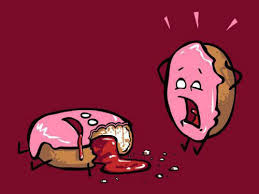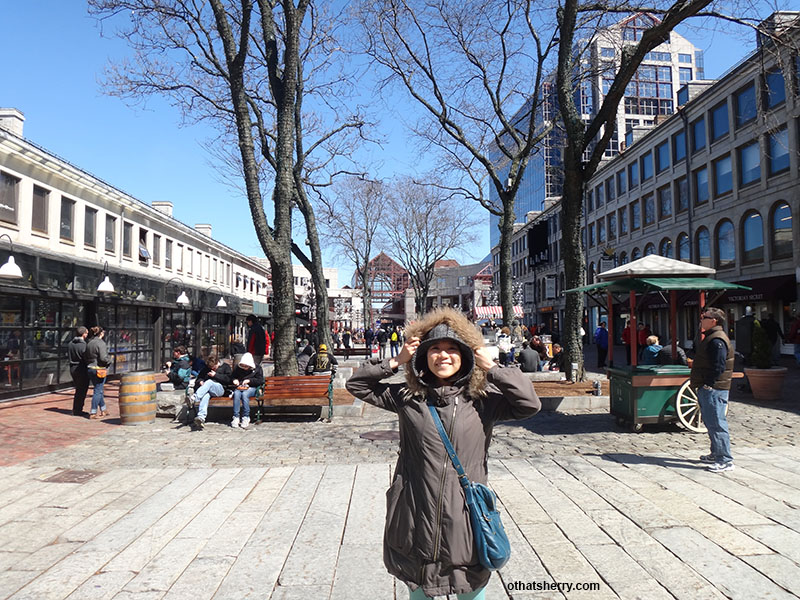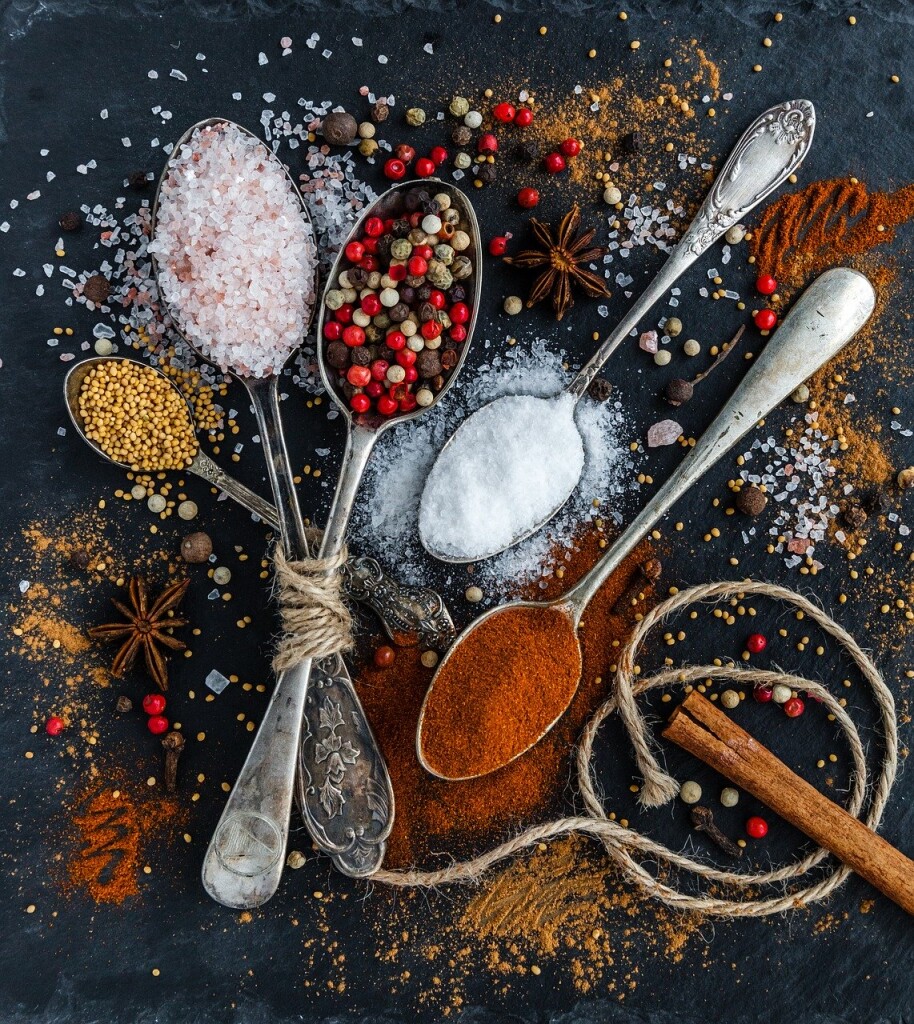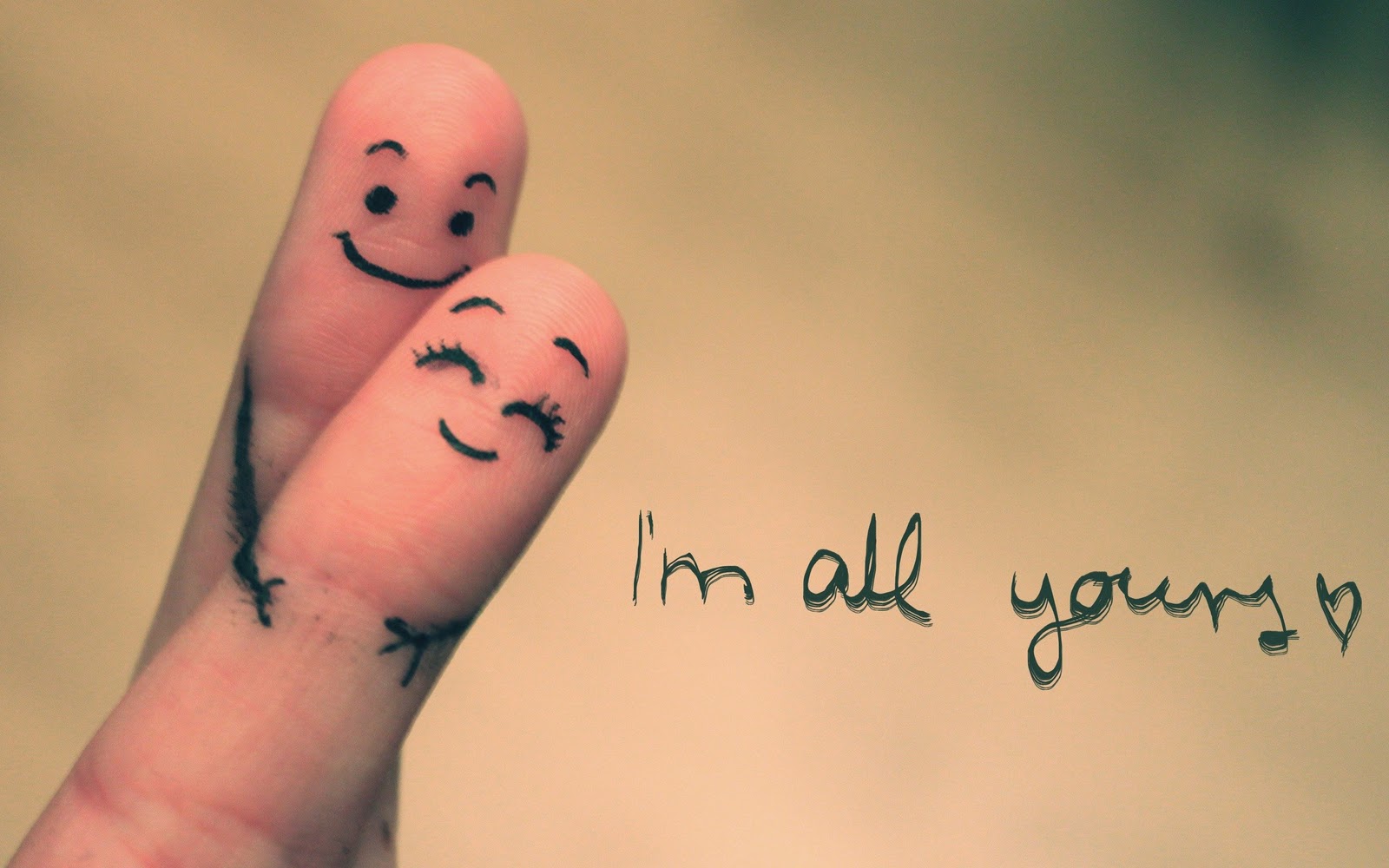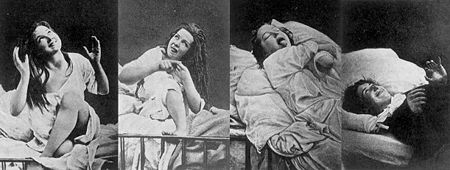Combine flour, egg, sugar and you get donuts (or doughnuts). Brought over by the Dutch in the 19th century, donuts were fried balls of cake in pork fat.
Despite donuts’ humble origin, mere “olykoeks” or “oil cakes,” there’s much to be loved. I have nothing against anything fried or sweet. Americans love their donuts. Annually, roughly 10 billion donuts are made in the US alone, raising the per capita consumption for donuts to 63 donuts per person. That is, a lot of donuts.
From plain just-glazed-donuts to crazy you-say-what-donuts, donuts have never been so full (wonderful) guilty pleasure. Check out these great Bay Area picks!

